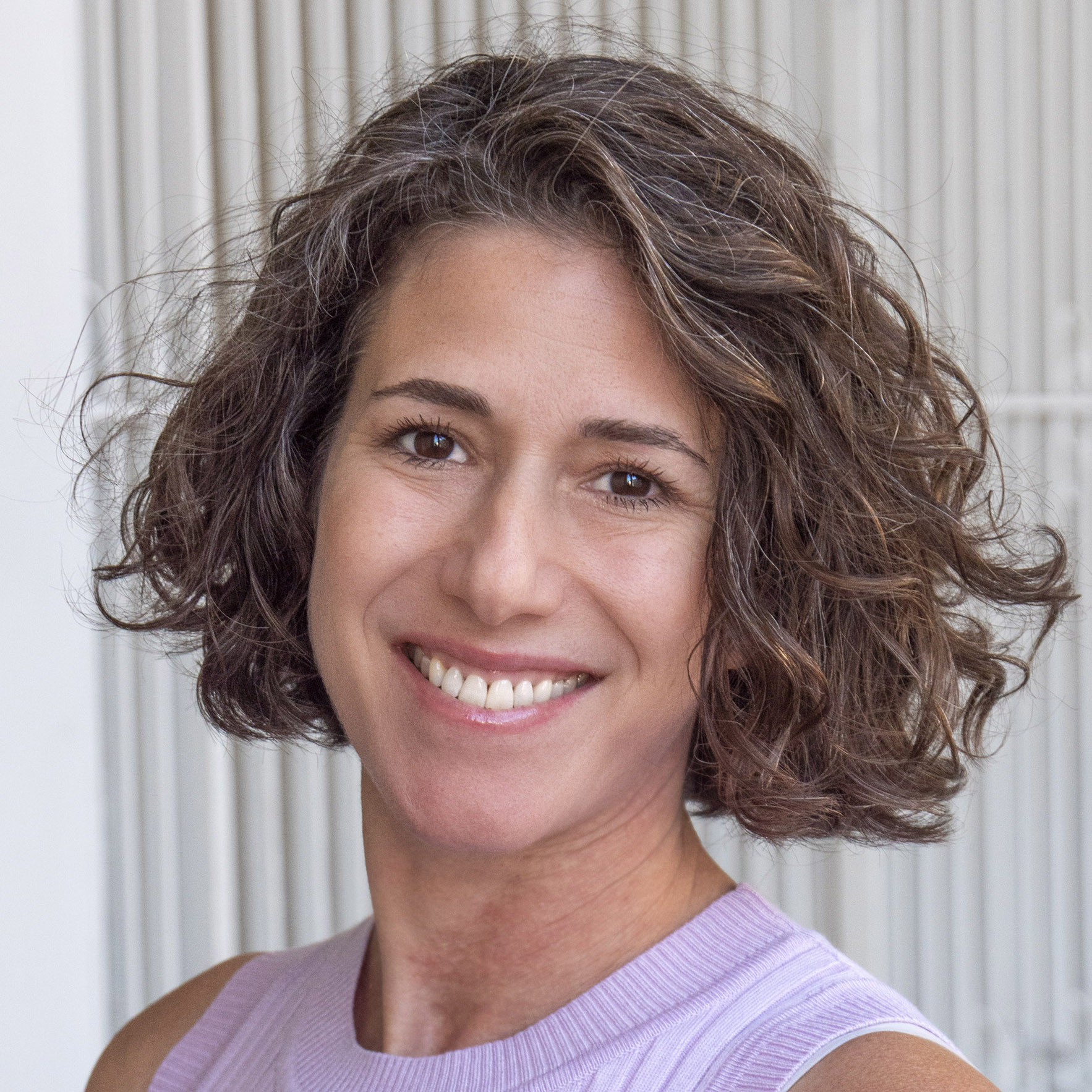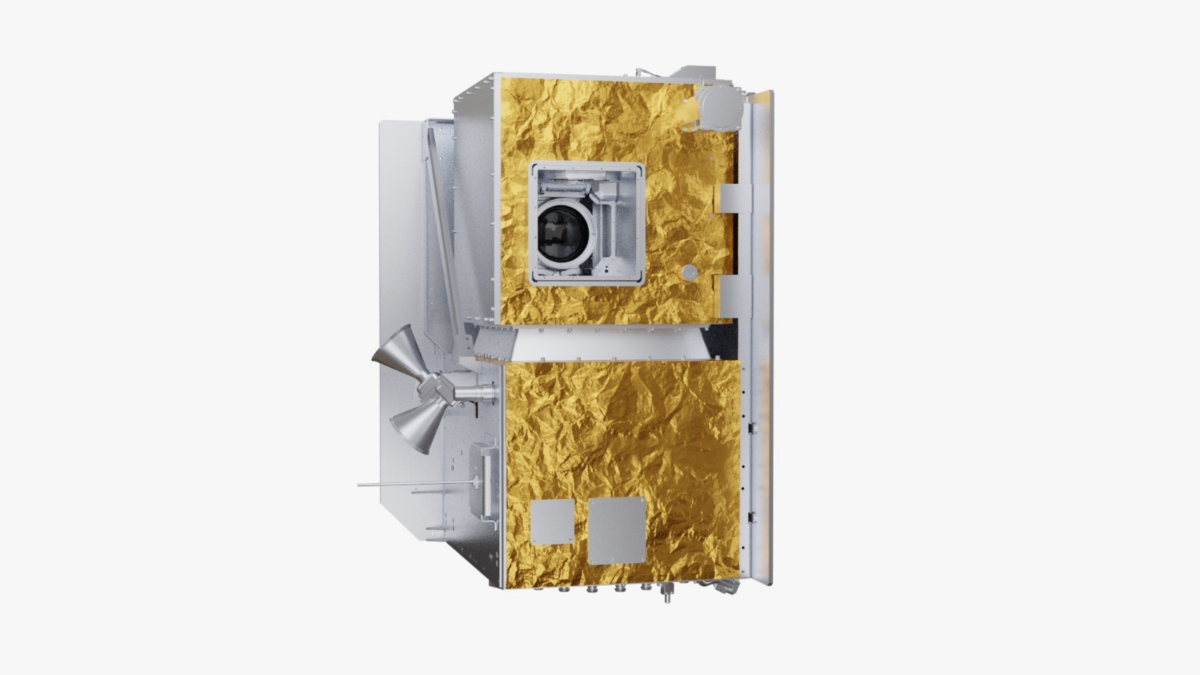Climate tech firm Hydrosat is preparing in early July to launch its first satellite, which will capture thermal imagery to measure water shortages and water stress.
Called the VanZyl-1, it will be the highest resolution satellite ever launched for thermal imagery, according to Royce Dalby, the company’s president and cofounder. It should be able to pinpoint problems the human eye can’t see — for example, it can measure the temperature of a plant and detect if that crop needs water.
This data allows farmers to guide their irrigation decisions, Dalby said, with the aim to waste less water and increase food production.
“The ultimate goal, and the reason that we started this company, is to help make sure that the world can feed itself,” Dalby told Technical.ly.
The ultimate goal, and the reason that we started this company, is to help make sure that the world can feed itself.Royce Dalby Hydrosat
Hydrosat focused on developing software systems before the satellites themselves. Without a way to disseminate and deliver the data for businesses and governments, Dalby said, the imagery and information wouldn’t be as useful.
Before this launch, Hydrosat had been using NASA satellites and European Space Agency satellites to get data. IrriWatch, a commercial product that uses this information, was acquired by Hydrosat last summer.
Founded in 2018, Hydrosat is based in DC’s Dupont Circle neighborhood, but has offices in Carlsbad, California, Luxembourg and the Netherlands. At the moment, 51 people are on staff, per Dalby, and customers span the world. IrriWatch is sold in 38 countries, including India, Egypt and Uzbekistan, and supports users across 4 million acres of farmland.
Now that Hydrosat’s own satellite will be collecting data, customers can expect data to be better and more frequent, he said.
A constellation of satellites to inform agriculture, wildfire management and more
Plans call for SpaceX to launch the VanZyl-1 satellite this summer at the Vandenberg Air Force Base in California.
Hydrosat is planning to launch another in about 6 months. In early 2025, the firm aims to launch a second version of the satellite, the Van-Zyl 2. It will have a higher resolution and will be part of a constellation — a group of satellites working together to provide coverage. The hope is to have the first block of satellites operational by 2026.
“For the moment, we’re really focusing on agriculture, because that’s where we can have the greatest and most significant impact,” Dalby said, while noting many other possible use cases, such as wildfire and risk assessment.
In April, Hydrosat won a grant from the National Oceanic and Atmospheric Administration Small Business Innovation Research program. That followed last year’s $20 million raise — a $15 million Series A, with $5 million in non-dilutive funds from the government. In total, Hydrosat raised more than $32 million in venture funding last year.
This satellite is named after Jakob van Zyl, a cofounder of the firm who died in 2020. He had a decades-long career at the Jet Propulsion Laboratory at NASA, and would be “extremely proud” of this launch, Dalby said.
“He has done so many tremendous things for the space program,” Dalby said, “and yet I’d like to believe that his greatest impact will be what we’re doing now with Hydrosat.”
Before you go...
Please consider supporting Technical.ly to keep our independent journalism strong. Unlike most business-focused media outlets, we don’t have a paywall. Instead, we count on your personal and organizational support.
Join our growing Slack community
Join 5,000 tech professionals and entrepreneurs in our community Slack today!






